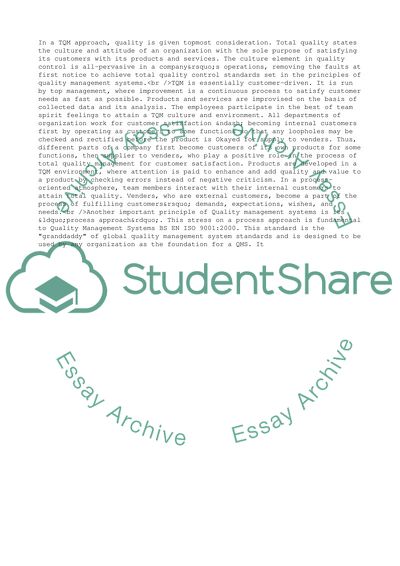Cite this document
(Principles of Quality Management Systems Report Example | Topics and Well Written Essays - 1500 words, n.d.)
Principles of Quality Management Systems Report Example | Topics and Well Written Essays - 1500 words. https://studentshare.org/management/1537598-principles-of-quality-management-systems
Principles of Quality Management Systems Report Example | Topics and Well Written Essays - 1500 words. https://studentshare.org/management/1537598-principles-of-quality-management-systems
(Principles of Quality Management Systems Report Example | Topics and Well Written Essays - 1500 Words)
Principles of Quality Management Systems Report Example | Topics and Well Written Essays - 1500 Words. https://studentshare.org/management/1537598-principles-of-quality-management-systems.
Principles of Quality Management Systems Report Example | Topics and Well Written Essays - 1500 Words. https://studentshare.org/management/1537598-principles-of-quality-management-systems.
“Principles of Quality Management Systems Report Example | Topics and Well Written Essays - 1500 Words”. https://studentshare.org/management/1537598-principles-of-quality-management-systems.


